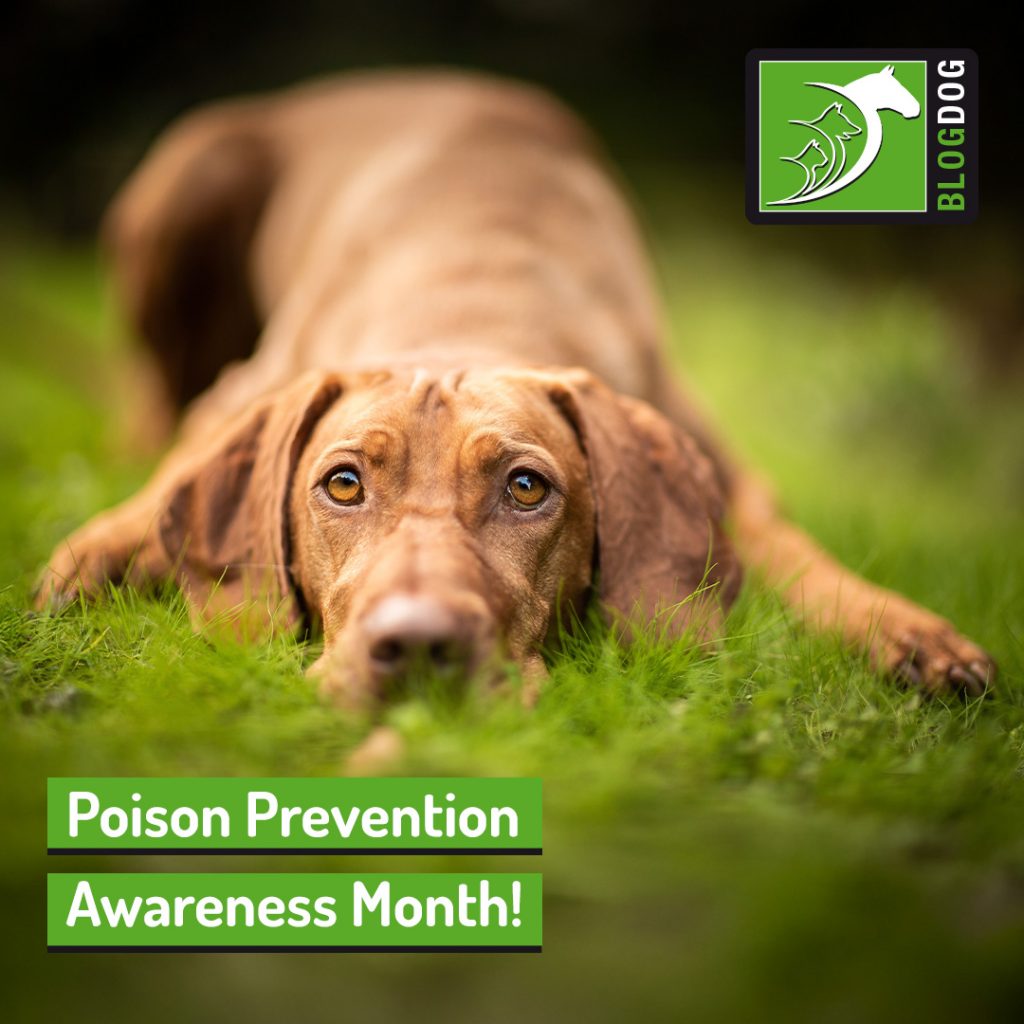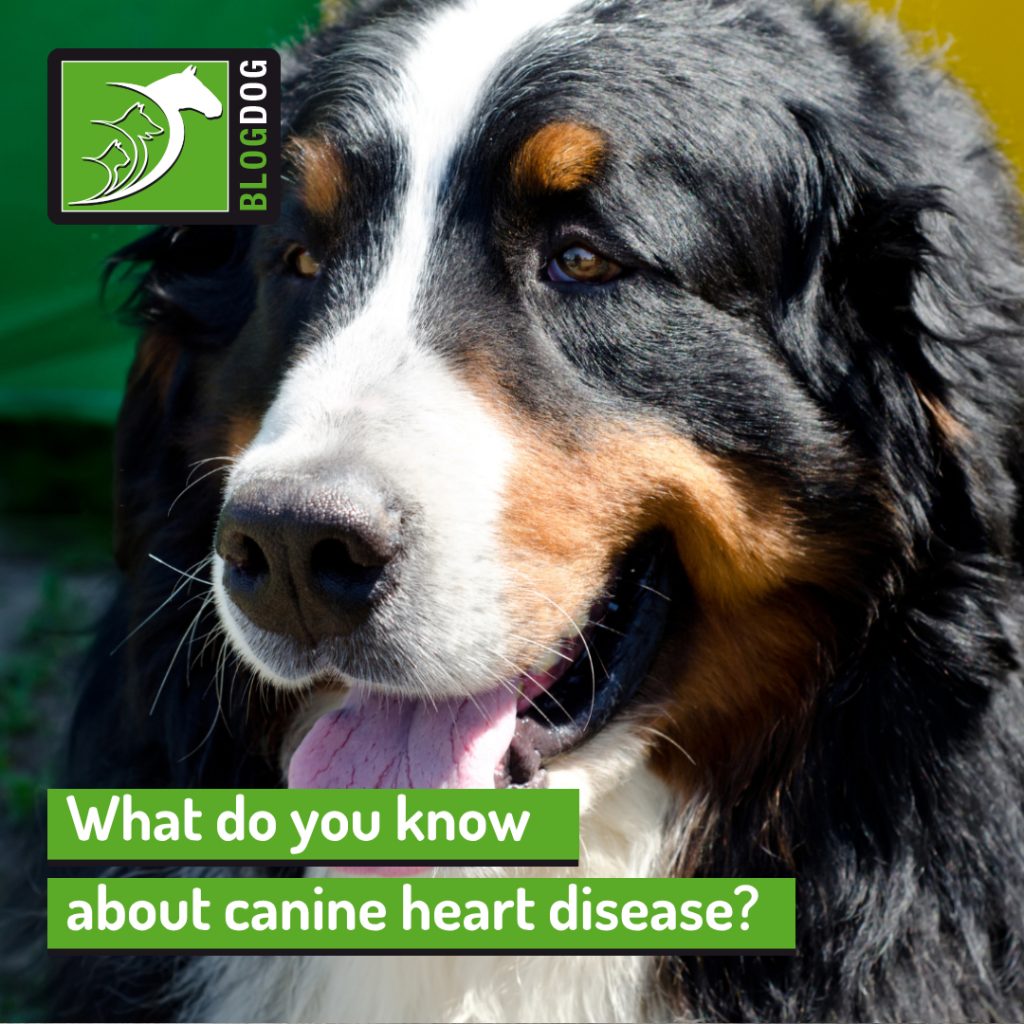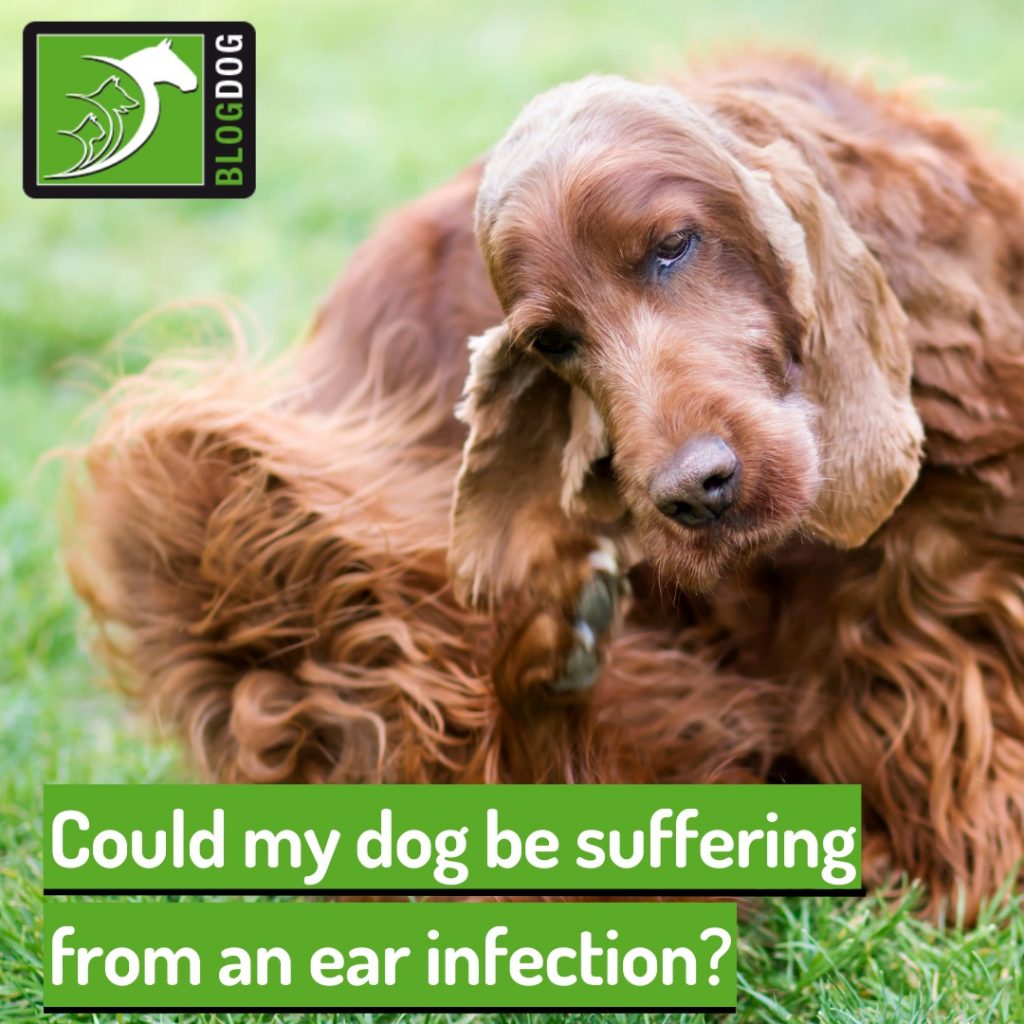As the Easter period approaches, the kids start getting excited, the spring flowers are in full bloom all around us and the days are a little bit brighter for longer. The dark days of winter begin to be a thing of the past, and soon enough the holiday period of chocolate, hot cross buns, egg hunts and arts and crafts is upon us. Don’t let an accidental chocolate or raisin ingestion ruin your break. Read on to identify why these foods can be so dangerous.
Chocolate
The Theobromine levels in chocolate can cause a number of side effects, ranging from mild to more severe:
- Agitation
- Tremors
- Vomiting and diarrhoea
- Drinking lots and urinating lots (polyuria/polydipsia)
- Increased heart rate
- Increased temperature (hyperthermia)
- Sometimes even seizures
So please make sure to keep those chocolate eggs out of reach.
Grapes/Raisins
Hot cross buns are delicious, and they are everywhere at the moment. However, the ingestion of grapes or raisins has been reported to cause acute kidney injury (AKI) in dogs. It can start off with gastrointestinal signs. It can also present with weakness and wobbliness (ataxia and vestibular) issues. However, the mechanism of renal injury from grapes and raisins remains unclear. What is clear is that the tartaric acid and potassium bitartrate salt (basic components of grapes) are the toxic agents. It is idiosyncratic, meaning that one grape may affect a Great Dane, whereas a dachshund may not be affected by 10 – but in addition, the levels of toxin in the grapes varies dramatically, so just because a dog has been fine before, doesn’t mean that they necessarily will be next time.
Craft items
Everyone loves a good craft, especially at Easter. It’s a great way to involve the whole family and can be such a mood booster, but just be aware of those items you’re using. Lollypop sticks and toothpicks are less likely to be snatched up by your furry friend, but it has been known to happen. Imagine it falls from a hand covered in chocolate; it would only take a swift lick for it to go down. The danger with these is that they can get stuck and form horrible foreign bodies in the intestines that often need surgery to remove. They can often get lodged on the way down to, proving tricky and sometimes lethally dangerous operations to remove.
Treatment
Following the ingestion, or suspected ingestion, of either raisins, grapes or chocolate, your veterinarian should be contacted immediately, as your pet is likely to require treatment.
Knowing the concentration of chocolate within whatever item has been eaten is important, so have the packaging to hand. Your vet may ask for details during the call or want you to bring the packaging to the practice.
The likelihood is that your vet will need to induce emesis (make them sick) to get rid of as much of the chocolate or as many of the raisins/grapes from the stomach as possible. DO NOT attempt to do this at home, as significant damage can be done to your dog’s oesophagus if it’s not done properly and by medically trained professionals.
The rest of the treatment will be evaluated and decided by your veterinary team.
If you suspect a stick or craft item has been accidentally swallowed, make sure there are no air flow restrictions and call your veterinarian immediately. Do not try and remove it as, again, it could do more damage than good.
Summary
- Chocolate is dangerous and should be kept away from your pets.
- Hot cross buns can make everyone hot and cross; Raisins and Grapes are dangerous.
- Beware of your crafting items.
Should you suspect your dog has eaten or ingested any of these, please contact your veterinarian as soon as possible.



















